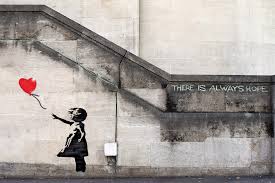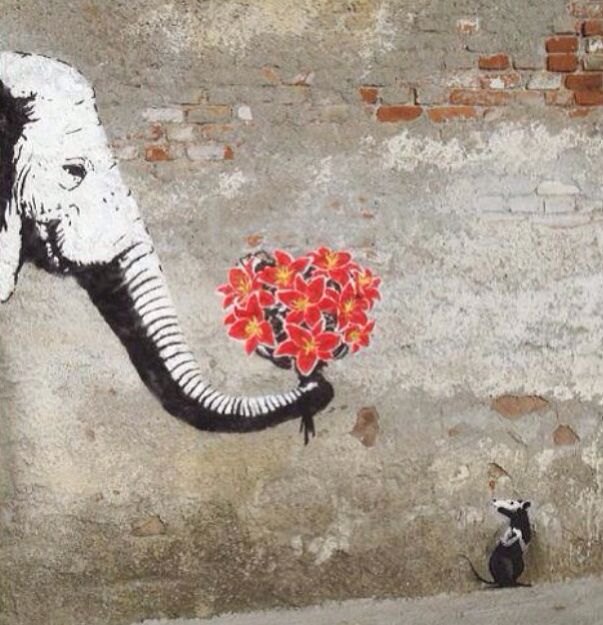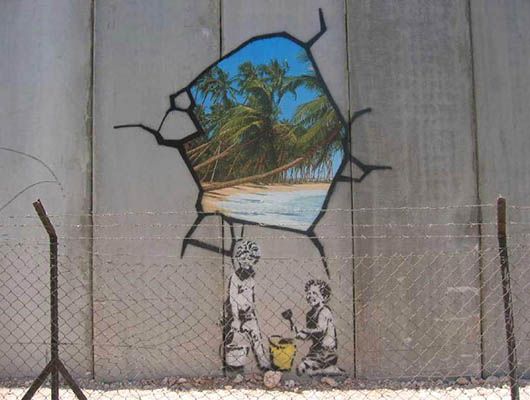How can we use the production process to create our own media narratives?
Narratives are created through a production process that involves the conceptualisation and development of ideas through pre-production, production and post-production processes and distribution. The production and distribution of narratives involves the skilled use of media technologies, often in collaboration with others, where each individual undertakes specific roles and responsibilities required at each stage of the production. While the production of narratives is a creative process, they are produced for specific audiences and are constrained by the contexts in which they are produced, distributed, consumed and read. Students apply their theoretical learning to create and construct narratives in the form of media exercises that demonstrate one or more concepts covered in Area of Study 1, exploring how narratives are constructed and shaped by cultures, histories and contexts.
Key knowledge
- media production processes and their relationship to specific media forms
- construction of narratives using the media production process
- the roles and responsibilities within different stages of the media production process
- technical skills used in the operation of media technologies
- ethical, legal and community constraints in the production and distribution of media products
- media language appropriate to the design, production and evaluation of media products.
Key skills
- design and produce narratives using the stages of the media production process
- undertake roles and responsibilities within the media production process
- apply technical skills in the operation of media technologies
- develop and produce narratives within ethical, legal and community constraints
- use media language appropriate to the design, construction, production and evaluation of media productions.

TASK 1:
As an introduction to this Area of Study you are all required to get a FOLIO and design and print the first few pages with the following information and imagery:
TITLE: Inspiration
- Source FILMS with a powerful narrative & annotate.
- Source TV SERIES which contain a powerful narrative & annotate.
- Source SONGS or PODCASTS which contain and propel a powerful narrative & annotate.
- Source PHOTOS which contain and propel a powerful narrative & annotate.
- Source STREET ART which contain and propel a powerful narrative & annotate.
Your annotation should include: (write on behalf of the audience NOT YOU)
- The code and conventions employed by the creator to propel the narrative to the audience.
- Where and How the media product was produced and distributed.
- The impact had on the intended audience.
- Any prior understandings or expectations that audiences may or may not have had.
EXPLORING IDEAS
Once you have completed your Inspiration (Task 1 above), you can now move onto Exploring Ideas. You are still in the Development stage of creating your Media Product so it is completely ok if you are still unsure what your product form will be and what narrative it will contain.
Exploring Ideas can look and feel how you like. The point is to explore and advance on existing ideas that already exist. You may have got a few ideas from your Inspiration section and want to further expand and explore concepts, codes or conventions from those media products.
For example: Exploring…..
- Colour – The psychology of colour and how it is employed to engage and tell a story.
- Font – The psychology of font and how it is employed to engage and tell a story.
- Titles & Credits – How these are created and what impact they have on setting a feeling or resolving a product.
- Location & Setting – Cinematography – What this does and how effective it is.
- Paper Stock – How different they are and what they mean to the end user.
- Score – Foley – Sound Effects – How sound is employed to engage and tell a story.
- Camera Techniques – Who and how these are employed to engage and tell a story.
- Lighting Techniques – Who and how lighting is effective to engage and tell a story.
These are only a few ideas….you may have more. Make sure you include images and source your ideas.
AUDIENCE BREAKDOWN
Your audience breakdown should be one A3 page of writing and include the following breakdowns:
Demographics:
Gender, Age, Income, Family.
Geographics:
Where you live, How you live, Where you holiday, Where you hang out, Where you buy things – online/in-store, where they don’t go?
Psychographics:
Their likes, Dislikes, Hobbies, thoughts on things, social media use, Who you hang out with, Buying trends, are they confident, social, leader, follower, trend setter, social currency is important or not, self worth, body image identification, do they fit in or not, how they see themselves compared to others, where they fit within the social setting, any stereotypes attached to their representation?
(If you get stuck on how to approach the layout or how to construct a sentence make sure you have a look at the past examples in the media room or online on the website under the Unit 1&2 Folio TAB)
CODE & CONVENTIONS OF STORYTELLING:
In order to convey your narrative to your audience, Creators of media products will consider the Code and Conventions of Storytelling that engage and propel their ideologies. Ideologies represent the social values and the fabric of which your society is made from. You want your audience to relate to your characters and their story and you want your audience to connect to the ideologies that underpin your narrative.
Your job will be to discuss the Code and Conventions that you will be employing in your media product to engage and propel your story to your audience. Select from the list below and explain how and what Code and Conventions you will be using. Make sure you include images where possible in your folio.
CODE & CONVENTIONS OF STORYTELLING:
- Opening, Development & Closure
- Multiple Storylines
- Narrative Possibilities
- Character Development
- Cause & effect
- Setting
- Structuring of time
- Point of View
For the media language that supports each of these, please refer to the Code & Conventions Booklet.
Narratives in the Moving Image
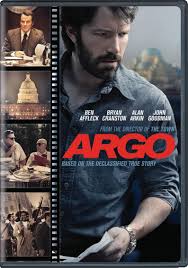

ARGO – PLOT
In 1979, the American embassy in Iran was invaded by Iranian revolutionaries and several Americans were taken hostage. However, six managed to escape to the official residence of the Canadian Ambassador and the CIA was ordered to get them out of the country. With few options, exfiltration expert Tony Mendez devised a daring plan: create a phony Canadian film project looking to shoot in Iran and smuggle the Americans out as its production crew. With the help of some trusted Hollywood contacts, Mendez created the ruse and proceeded to Iran as its associate producer. However, time was running out with the Iranian security forces closing in on the truth while both his charges and the White House had grave doubts about the operation themselves.
BOHEMIAN RHAPSODY – PLOT
Freddie Mercury — the lead singer of Queen — defies stereotypes and convention to become one of history’s most beloved entertainers. The band’s revolutionary sound and popular songs lead to Queen’s meteoric rise in the 1970s. After leaving the group to pursue a solo career, Mercury reunites with Queen for the benefit concert Live Aid — resulting in one of the greatest performances in rock ‘n’ roll history.
Narratives in Print Production - Photography
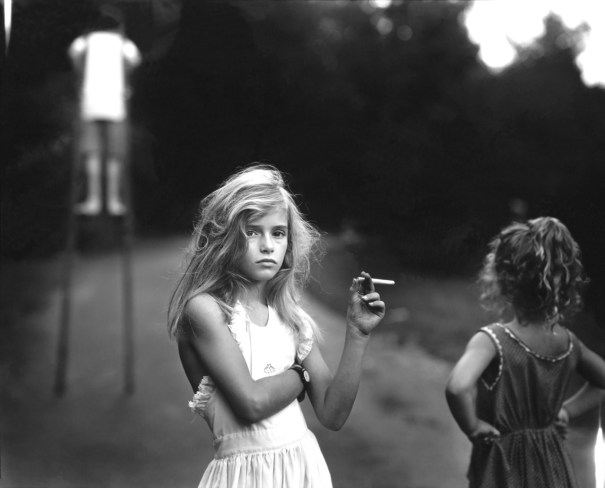
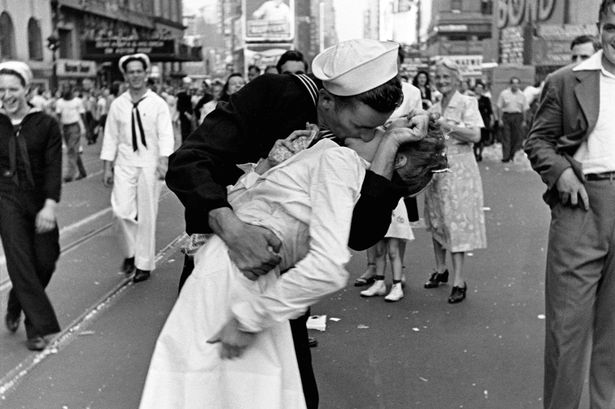
SALLY MANN: Candy Cigarette
Photographer Sally Mann captured this award winning photograph. This image was circulated around the world and created controversy. The narrative is interpreted by audience in a variety of ways. In Candy Cigarette, 1989, (New York) Mann’s eldest daughter Jessie stares defiantly at the camera, at her mother, with tousled hair and a cigarette made of bubblegum.
Is the narrative explicit or implied?
What print code and conventions are employed by the artist to capture and relay the narrative to the audience?
ALFRED EISENTAEDT: The Kiss
Greta Zimmer Friedman, identified later as the nurse in the photo, became the subject of perhaps the most iconic photo taken on V-J Day on Aug. 14, 1945. Taken by photographer Alfred Eisentaedt, the picture captured the jubilance people felt upon the war’s end.
The photo, published in LIFE, caught the U.S. at a moment of pure relief and represented people letting go of their inhibitions.
Is the narrative explicit or implied?
What print code and conventions are employed by the artist to capture and relay the narrative to the audience?
Social Values & Ideologies
The context in which a narrative is viewed can affect the way the audience understand, experience and respond. This will depend on factors such as; WHERE (location) the media product is distributed and WHEN (time period) it was consumed.
Every place/society and time period contains audience’s with a world view. The fabric or lens in which they see the world. The way they see social values and the way they expect certain ideologies to be represented.
If we take both the photographs above, we can unpack the social values and ideologies that the creator was representing. We can look at the narrative being told and whether it was intended to be obvious or not. We can discuss the time period and the location of distribution and consumption and see how relevant they are to the narrative being told.
Understanding Ideology:
Neutral Ideology:
Those media products where the main purpose is to entertain rather than persuade the audience one way or another
Implicit Ideology:
Found in media products where the protagonist and antagonist represent conflicting ideologies.
Explicit Ideology:
Exists in media products that are made to persuade the audience to think a certain way.
POLYSEMIC: The polysemic nature of a media product – the factors which enable different viewers to make different senses of the same text.
Questions:
For both photographs above please complete the following questions:
- Name and or list the themes explored in both photographs.
- Can you think of any social values that would be present at the time and place the photographs were released / distribution to the public / (Consumption & Reception)?
- Is the ideology represented within the narrative Explicit, Implied or Neutral? And why or how do you understand this to be so?
- What code and conventions have been implemented to engage the audience into the narrative of each image?
Narratives in Street Art
